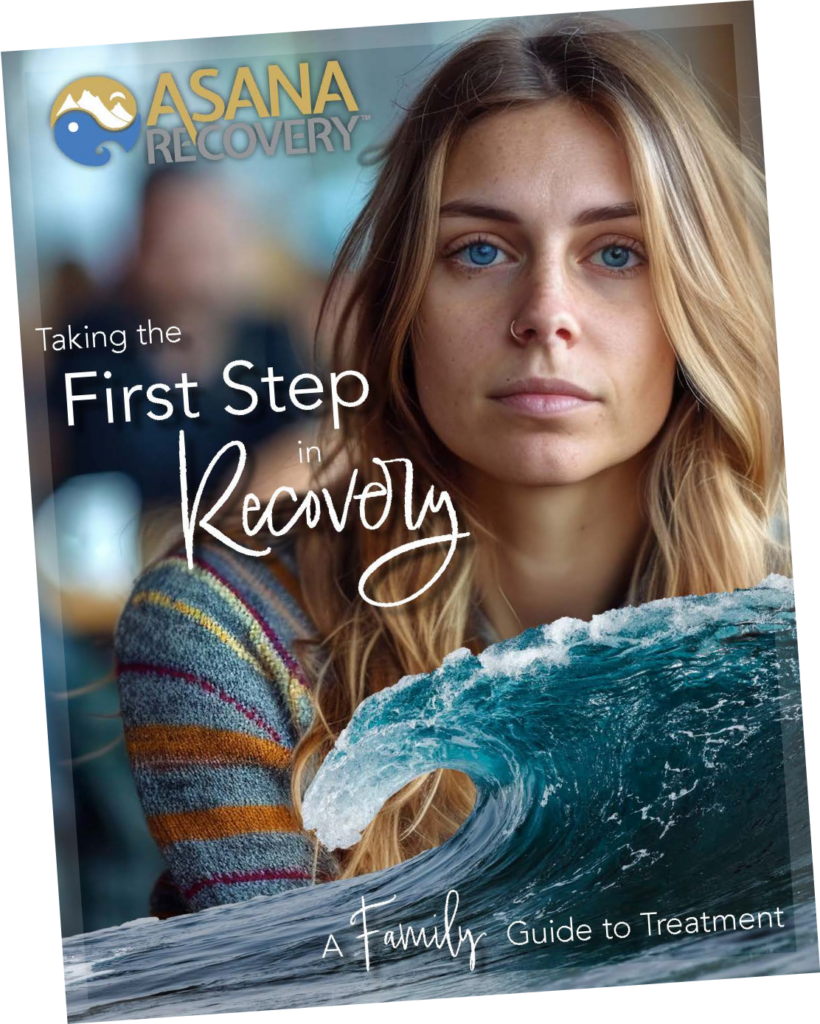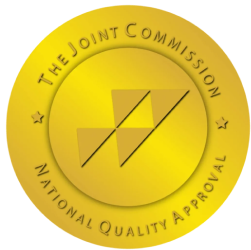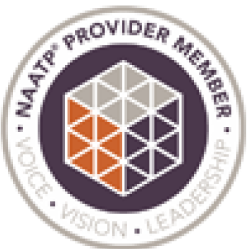Seroquel (quetiapine) has emerged as the most commonly abused antipsychotic medication, accounting for over 60% of all antipsychotic abuse cases. While primarily prescribed for schizophrenia, bipolar disorder, and major depression, its misuse has become increasingly concerning, particularly among individuals with substance abuse histories.
Seroquel abuse differs from typical drug addiction patterns. Unlike substances that produce euphoria, people primarily misuse Seroquel for its sedative and anxiolytic effects. The medication is sometimes used to enhance or counter the effects of illicit drugs, a practice known as “seroquelling”.
• Crushing and snorting pills
• Taking higher doses than prescribed
• Combining with other substances
• Using without a prescription
Seroquel abuse can lead to severe sedation, marked drowsiness, and dangerous cardiac abnormalities. The risk of overdose is particularly concerning, though the medication has a relatively large safety margin.
Long-term misuse can result in several serious health issues:
• Tardive dyskinesia (involuntary movements)
• Blood pressure irregularities
• Increased fall risk
• Reduced white blood cell count
• Cataracts
• Thyroid problems
Recognizing Seroquel abuse early is crucial for intervention. Key indicators include seeking multiple prescriptions, using the medication without a legitimate prescription, and displaying erratic behavior. Weight gain and metabolic changes are common physical manifestations of prolonged misuse.

Professional treatment typically begins with supervised detoxification, as stopping Seroquel suddenly can trigger withdrawal symptoms including anxiety, insomnia, and mood swings. Treatment should be tailored based on whether the individual was using Seroquel recreationally or for prescribed mental health conditions.
Treatment approaches include:
• Gradual dose reduction under medical supervision
• Cognitive Behavioral Therapy
• Treatment for co-occurring mental health conditions
• Support group participation
Healthcare providers play a crucial role in preventing Seroquel abuse. There’s growing evidence supporting the need for tighter regulations and clinical guidelines for quetiapine prescriptions. Some experts suggest considering its classification as a controlled substance based on emerging research.
Seroquel abuse is particularly prevalent in correctional facilities where access to other commonly abused substances is limited. This highlights the need for careful monitoring in institutional settings.
For individuals with both substance use disorders and mental health conditions, treatment must address both issues simultaneously. Alternative medications and therapeutic approaches may be necessary to manage underlying mental health conditions.
If you or someone you know is struggling with Seroquel abuse, professional help is essential. The complexity of withdrawal and potential underlying mental health conditions make supervised treatment crucial for successful recovery. Treatment options should be discussed with healthcare providers who can create personalized recovery plans.
Remember that recovery is possible with proper support and medical guidance. The key is recognizing the problem and taking the first step toward getting help.
Abusing Seroquel can have serious consequences for your physical and mental health, but recovery is possible with the right support. At Asana Recovery, we provide compassionate, personalized care to help you overcome Seroquel misuse and address any underlying mental health conditions. Our expert team is dedicated to guiding you through every step of the recovery journey, offering evidence-based treatments and ongoing support. Don’t wait and contact Asana Recovery today to start building a healthier, drug-free future.

This book has helped so many men and women; and we want to give it you for FREE. Get signed up today and discover how to unlock the grip of addiction and get back to living your best life.
In this book, you’ll discover…
— The Most Common Misconceptions About Addiction and Rehab
— Why Rock Bottom is a Myth and What You Can Do About It
–The Steps to Healing From Trauma, Both Mentally and Emotionally
–And much more!

Asana Recovery is licensed and certified by the State Department of Health Care Services.


© Copyright 2024 Asana Recovery™ | All Rights Reserved | Privacy Policy
Asana Recovery
We firmly believe that the internet should be available and accessible to anyone, and are committed to providing a website that is accessible to the widest possible audience, regardless of circumstance and ability.
To fulfill this, we aim to adhere as strictly as possible to the World Wide Web Consortium’s (W3C) Web Content Accessibility Guidelines 2.1 (WCAG 2.1) at the AA level. These guidelines explain how to make web content accessible to people with a wide array of disabilities. Complying with those guidelines helps us ensure that the website is accessible to all people: blind people, people with motor impairments, visual impairment, cognitive disabilities, and more.
This website utilizes various technologies that are meant to make it as accessible as possible at all times. We utilize an accessibility interface that allows persons with specific disabilities to adjust the website’s UI (user interface) and design it to their personal needs.
Additionally, the website utilizes an AI-based application that runs in the background and optimizes its accessibility level constantly. This application remediates the website’s HTML, adapts Its functionality and behavior for screen-readers used by the blind users, and for keyboard functions used by individuals with motor impairments.
If you’ve found a malfunction or have ideas for improvement, we’ll be happy to hear from you. You can reach out to the website’s operators by using the following email
Our website implements the ARIA attributes (Accessible Rich Internet Applications) technique, alongside various different behavioral changes, to ensure blind users visiting with screen-readers are able to read, comprehend, and enjoy the website’s functions. As soon as a user with a screen-reader enters your site, they immediately receive a prompt to enter the Screen-Reader Profile so they can browse and operate your site effectively. Here’s how our website covers some of the most important screen-reader requirements, alongside console screenshots of code examples:
Screen-reader optimization: we run a background process that learns the website’s components from top to bottom, to ensure ongoing compliance even when updating the website. In this process, we provide screen-readers with meaningful data using the ARIA set of attributes. For example, we provide accurate form labels; descriptions for actionable icons (social media icons, search icons, cart icons, etc.); validation guidance for form inputs; element roles such as buttons, menus, modal dialogues (popups), and others. Additionally, the background process scans all the website’s images and provides an accurate and meaningful image-object-recognition-based description as an ALT (alternate text) tag for images that are not described. It will also extract texts that are embedded within the image, using an OCR (optical character recognition) technology. To turn on screen-reader adjustments at any time, users need only to press the Alt+1 keyboard combination. Screen-reader users also get automatic announcements to turn the Screen-reader mode on as soon as they enter the website.
These adjustments are compatible with all popular screen readers, including JAWS and NVDA.
Keyboard navigation optimization: The background process also adjusts the website’s HTML, and adds various behaviors using JavaScript code to make the website operable by the keyboard. This includes the ability to navigate the website using the Tab and Shift+Tab keys, operate dropdowns with the arrow keys, close them with Esc, trigger buttons and links using the Enter key, navigate between radio and checkbox elements using the arrow keys, and fill them in with the Spacebar or Enter key.Additionally, keyboard users will find quick-navigation and content-skip menus, available at any time by clicking Alt+1, or as the first elements of the site while navigating with the keyboard. The background process also handles triggered popups by moving the keyboard focus towards them as soon as they appear, and not allow the focus drift outside it.
Users can also use shortcuts such as “M” (menus), “H” (headings), “F” (forms), “B” (buttons), and “G” (graphics) to jump to specific elements.
We aim to support the widest array of browsers and assistive technologies as possible, so our users can choose the best fitting tools for them, with as few limitations as possible. Therefore, we have worked very hard to be able to support all major systems that comprise over 95% of the user market share including Google Chrome, Mozilla Firefox, Apple Safari, Opera and Microsoft Edge, JAWS and NVDA (screen readers).
Despite our very best efforts to allow anybody to adjust the website to their needs. There may still be pages or sections that are not fully accessible, are in the process of becoming accessible, or are lacking an adequate technological solution to make them accessible. Still, we are continually improving our accessibility, adding, updating and improving its options and features, and developing and adopting new technologies. All this is meant to reach the optimal level of accessibility, following technological advancements. For any assistance, please reach out to